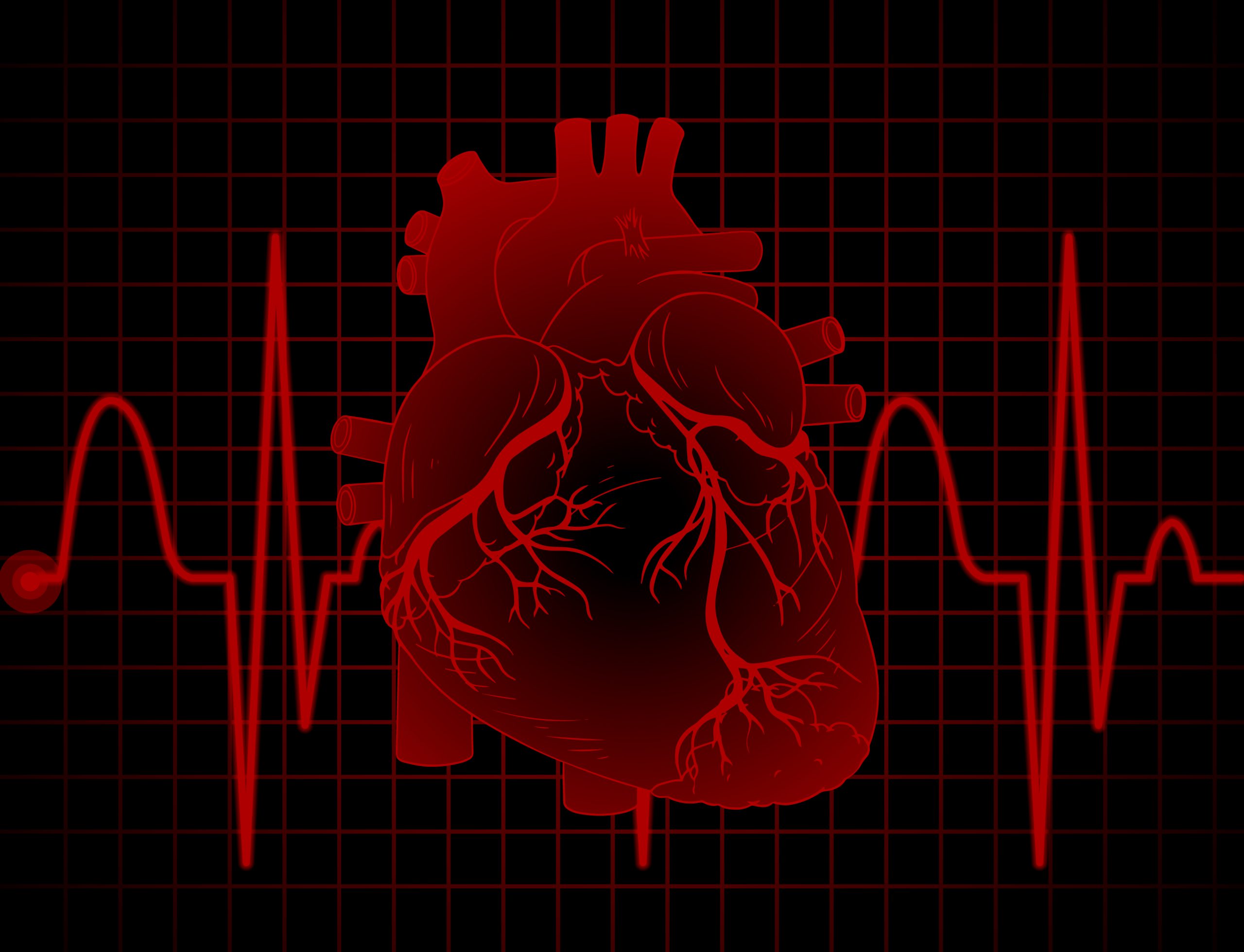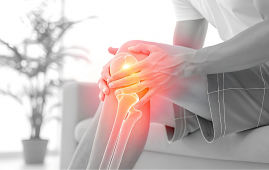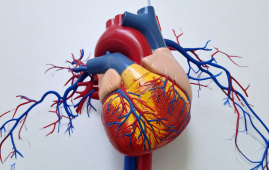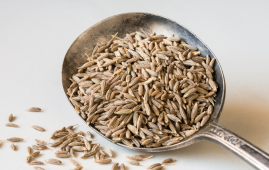

A standard bone density test for osteoporosis can also reveal an elevated risk of a heart attack due to the presence of calcium in the aorta. However, deciphering these images requires expertise and can take time.
According to new study from a multi-institution cooperation, including Harvard Medical School and Hebrew SeniorLife, this calcification test score may be determined fast using machine learning, eliminating the need for a person to analyze the scans.
“This development paves the way for use in routine clinical settings with little or no time to generate the useful calcification score that predicts heart attacks,” said Douglas Kiel, HMS professor of medicine and director of the Musculoskeletal Research Center at Hebrew SeniorLife and an author on the paper.
Abdominal aortic calcification (AAC) assessment using bone density machine pictures is time-consuming and requires meticulous training. As a result, when these images are collected in clinical practice, AAC grading is not commonly conducted. The ML-AAC-24 machine-learning algorithms for AAC assessment were created, verified, and tested in a real-world scenario utilizing a registry study of 8,565 older men and women. Greater ML-AAC-24 scores were related with a significantly increased risk of cardiovascular disease and a worse long-term prognosis.
“During DXA scans obtained for bone-mineral density testing, vascular calcification of the aorta can be seen and quantified. This study developed a machine-learning algorithm to automatically determine the severity of the calcification that corresponds closely with the manual reading that is far more time-consuming to perform,” said co-first author Naeha Sharif of Edith Cowan University in Australia.
more recommended stories
 Genetic Diversity Explains Obesity Risk Differences
Genetic Diversity Explains Obesity Risk DifferencesCross-ancestry Study Identifies Novel Obesity Genes.
 Meniscal Tear and OA Pain Improved by Home Exercise
Meniscal Tear and OA Pain Improved by Home ExerciseHome Exercise Proves Effective for Knee.
 AI ECG Model Outperforms Standard STEMI Triage
AI ECG Model Outperforms Standard STEMI TriageNovel AI ECG Model Outperforms Standard.
 New Software Transforms Real-Time Pathogen Surveillance
New Software Transforms Real-Time Pathogen SurveillanceReal-Time Pathogen Surveillance Software Transforms Environmental.
 Bright Nights May Increase Stroke, Heart Failures in Adults
Bright Nights May Increase Stroke, Heart Failures in AdultsBright Nights are tied to increased.
 Cannabis Use Linked to Regular Tobacco in US Youth
Cannabis Use Linked to Regular Tobacco in US YouthCannabis Use and Tobacco Risk: A.
 Mediterranean Diet Reduces Endometriosis Risk in Women
Mediterranean Diet Reduces Endometriosis Risk in WomenMediterranean Diet and Endometriosis: A Promising.
 Night Shifts May Trigger Irritable Bowel Syndrome (IBS)
Night Shifts May Trigger Irritable Bowel Syndrome (IBS)Night Shifts and Digestive Health: Linking.
 Blood test shows promise for faster ALS diagnosis
Blood test shows promise for faster ALS diagnosisSummary / Key Points A UCLA.
 Caraway seed chemistry yields anticonvulsant leads
Caraway seed chemistry yields anticonvulsant leadsA team led by UNLV researchers.

Leave a Comment